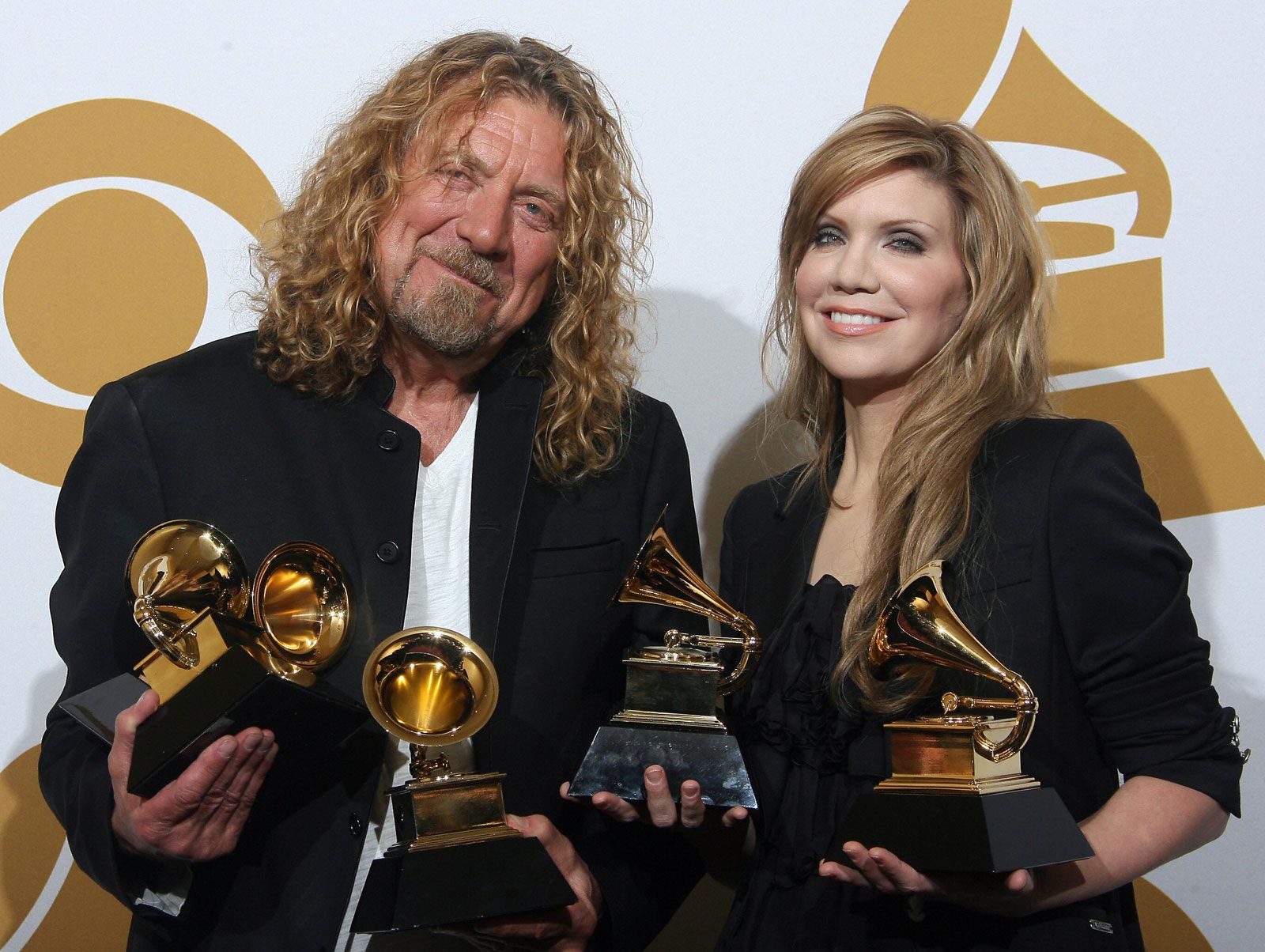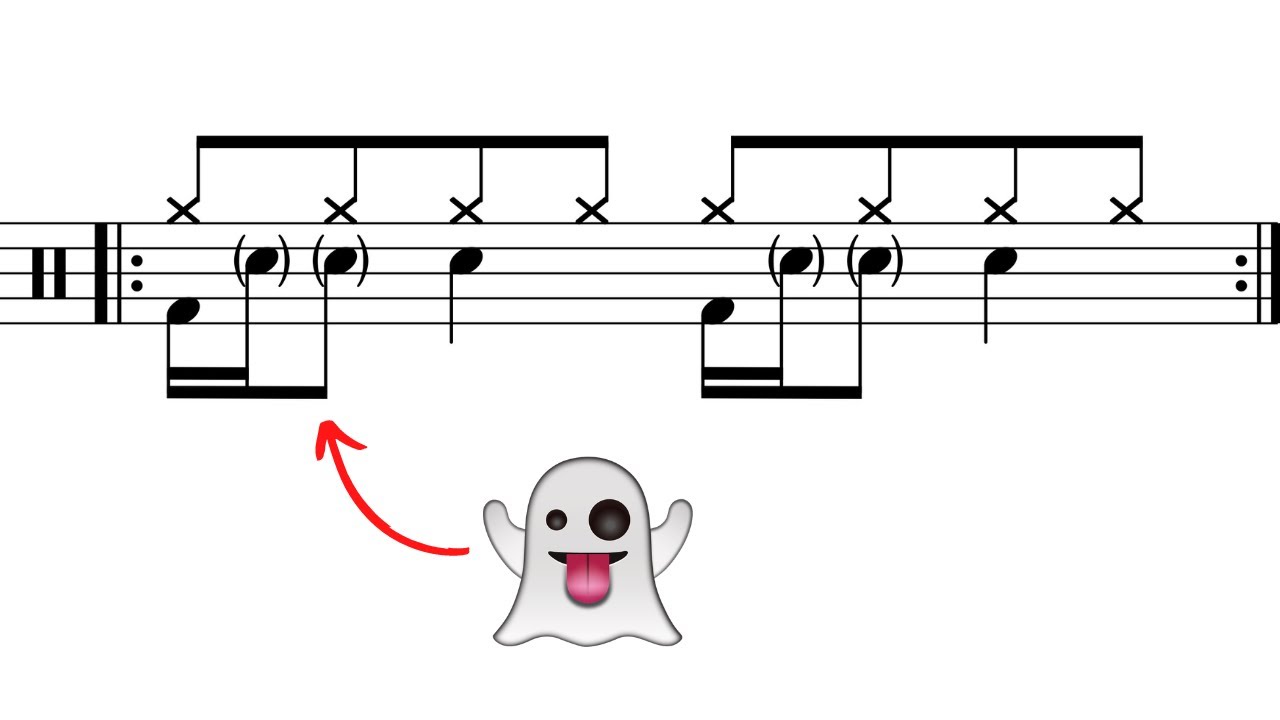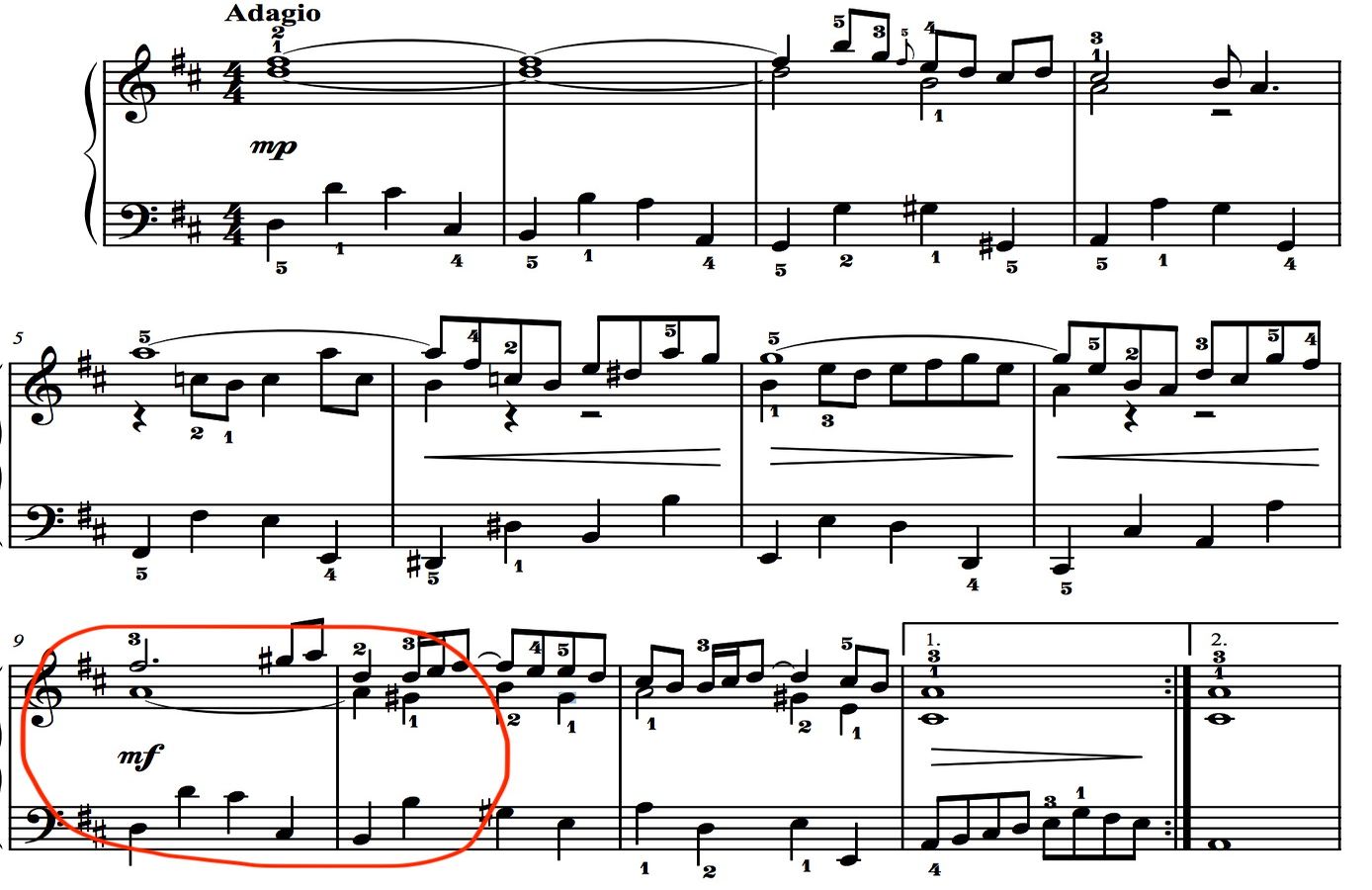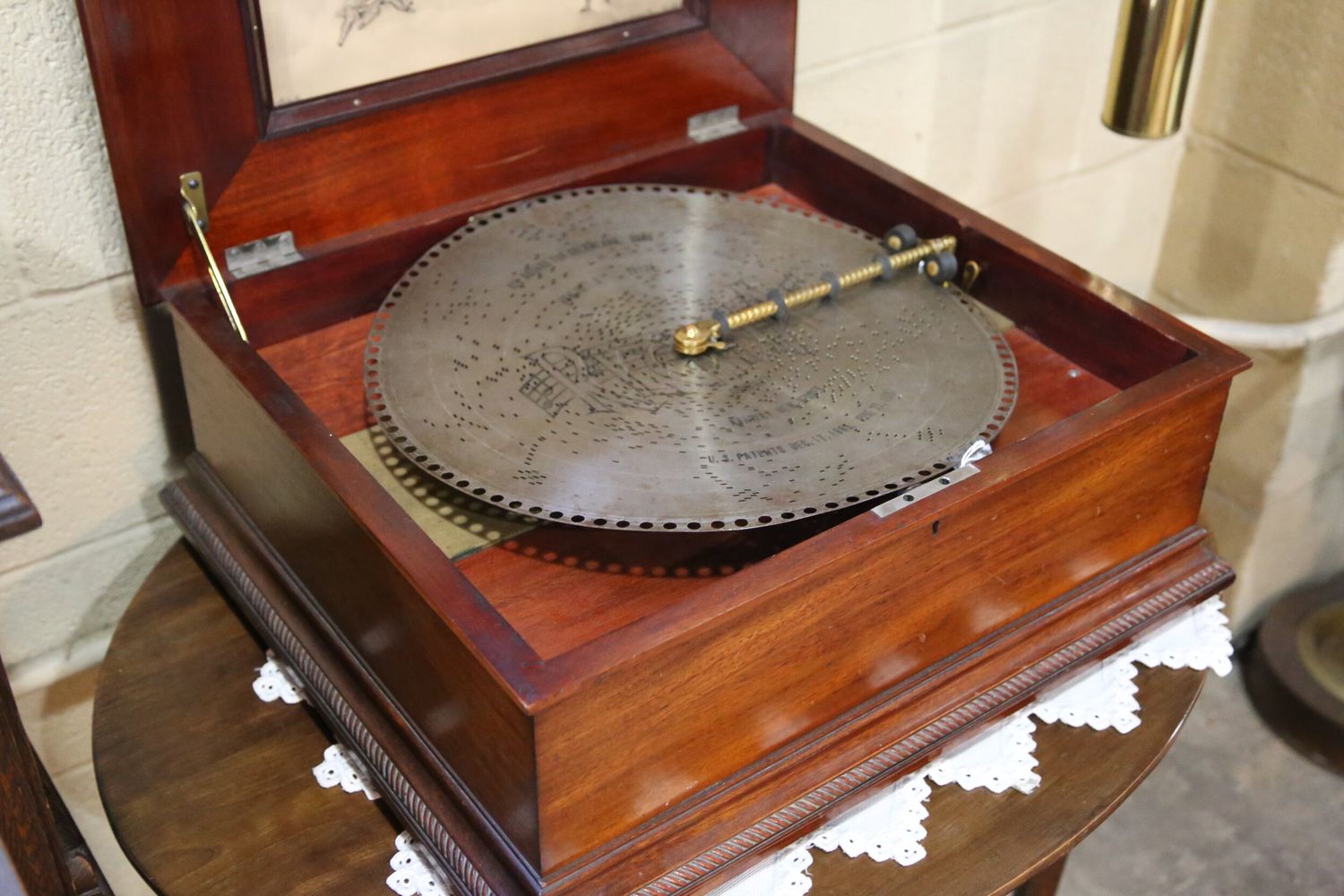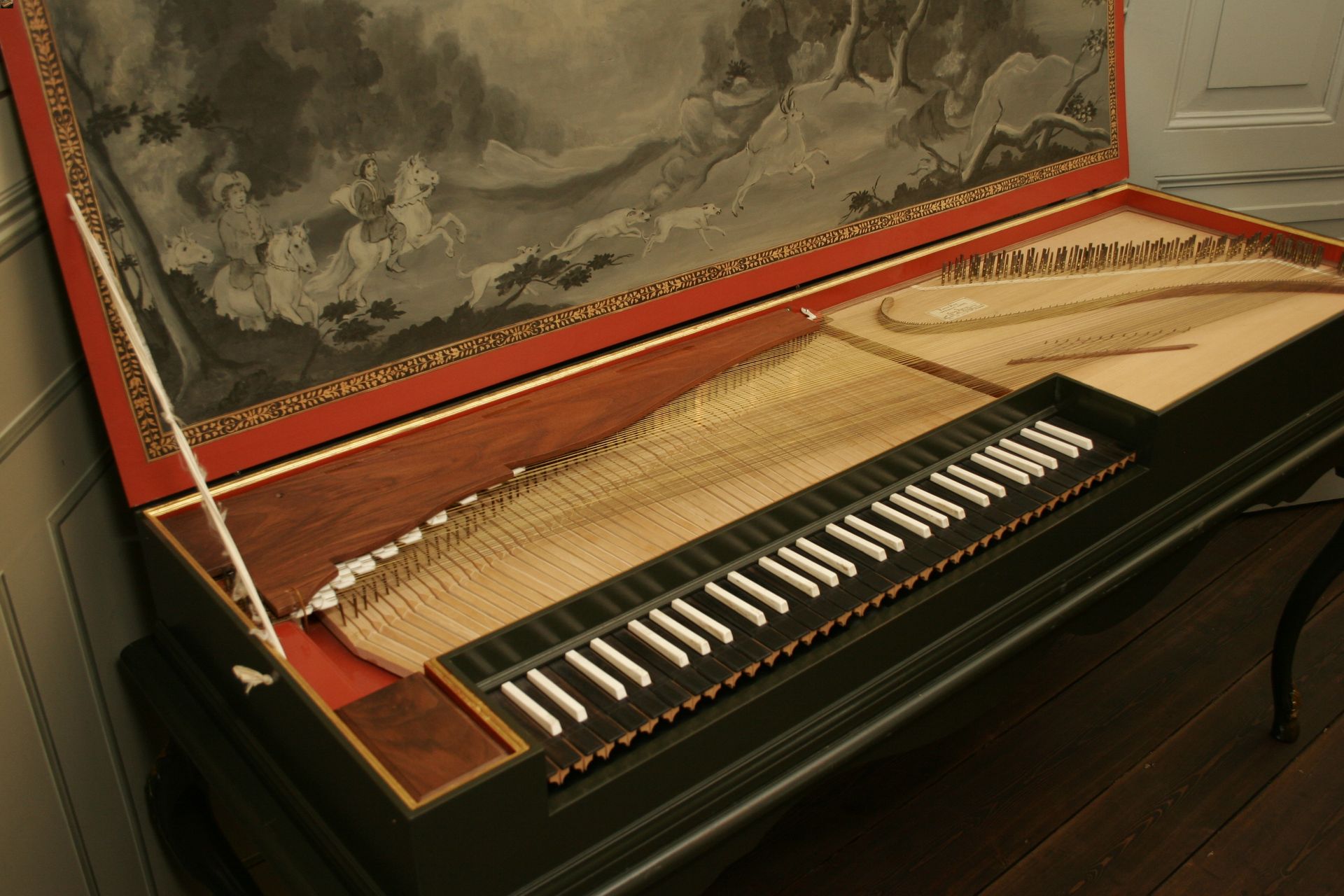Home>Events & Info>Note>Music Note Called What
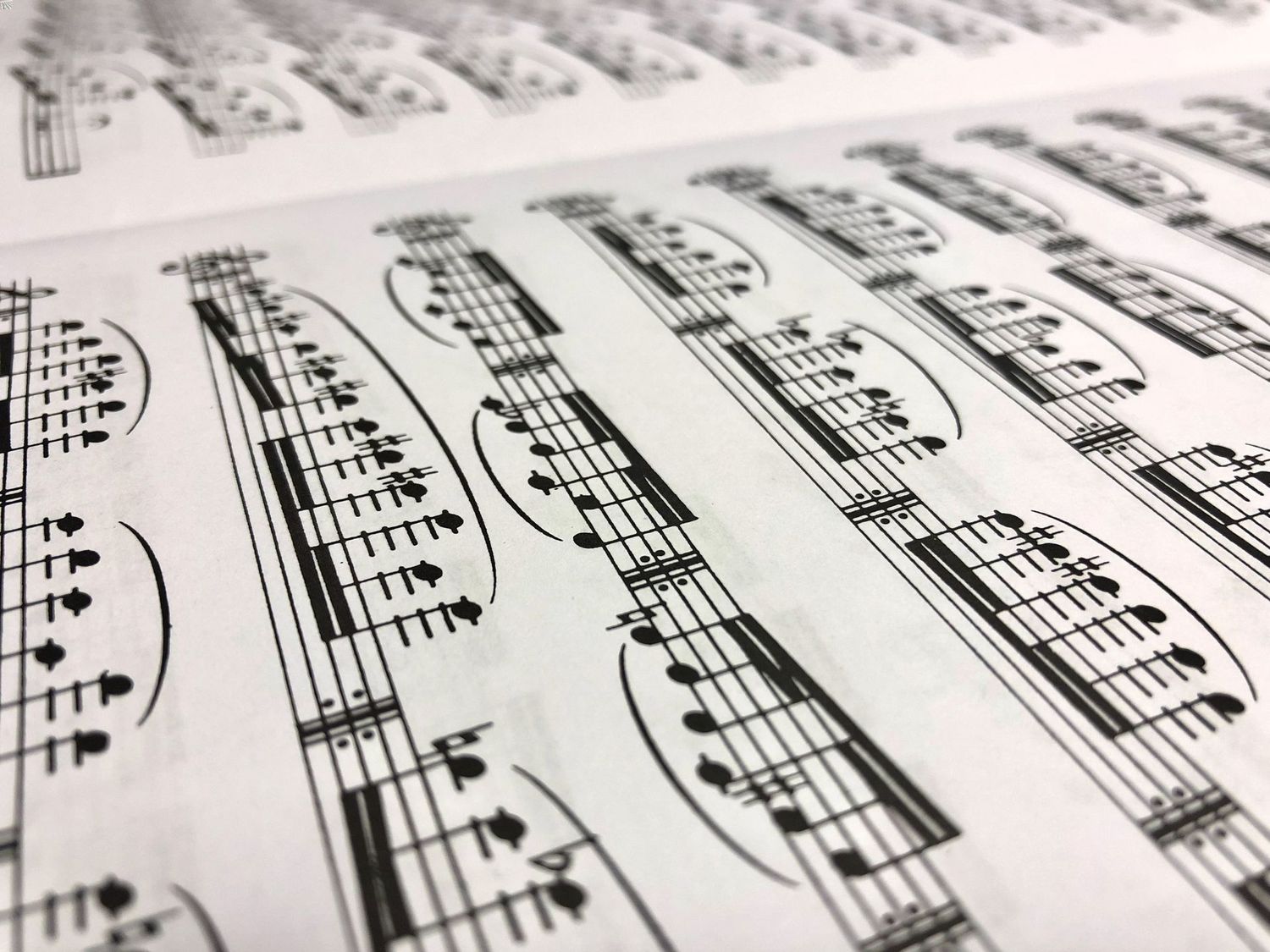

Note
Music Note Called What
Modified: January 22, 2024
Discover the name of the musical note that's simply called "Note". Explore the significance and characteristics of this essential element in music.
(Many of the links in this article redirect to a specific reviewed product. Your purchase of these products through affiliate links helps to generate commission for AudioLover.com, at no extra cost. Learn more)
Table of Contents
Introduction
Music is a universal language that has the power to touch our hearts and evoke emotions. Have you ever wondered how musicians communicate their musical ideas? While melodies and rhythms are the foundation of music, the key to interpreting and performing them lies in understanding the symbols known as music notes.
Music notes are the building blocks of musical composition, representing specific pitches, durations, and expressive techniques. Just like letters in the alphabet form words and sentences, music notes come together to create melodies, harmonies, and rhythms that shape the musical landscape.
In this article, we will explore the origins of music notes, delve into the different elements and types of music notes, and discuss the notation systems used to represent them. We will also highlight the importance of music notes in musical composition and provide a brief guide on how to read them.
Whether you are an aspiring musician, a music enthusiast, or simply curious about the intricacies of music, this article will provide you with a comprehensive understanding of what music notes are, how they function, and their significance in the world of music.
Origins of Music Notes
The use of symbols to represent musical sounds dates back thousands of years. In ancient civilizations such as Mesopotamia, Egypt, and Greece, various systems were developed to notate music. However, it wasn’t until the Middle Ages that a standardized system of music notation began to emerge.
During this time, musical notation took on a more recognizable form as monks and scholars sought to accurately preserve and transmit the complex melodies of Gregorian chant. These early notations, known as neumes, consisted of symbols placed above the text to indicate the pitch contour of the chant.
As music became more complex, the need for a more precise and comprehensive system of notation arose. The development of staves, or staff lines, provided a visual reference for pitch, allowing composers to notate their compositions more effectively. The use of squares and shapes to denote different pitches emerged in the 11th century, laying the foundation for the modern system of music notes.
Over time, music notation continued to evolve, with the addition of note shapes and the refinement of rhythmic notation. The Italian music theorist Guido of Arezzo is credited with introducing the concept of the diatonic scale and the use of letters to represent the pitches of the scale in the 11th century. This innovation marked a significant milestone in the development of music notation.
By the Renaissance period, a standardized system of music notation had been established, with the adoption of a five-line staff, specific note shapes, and modern rhythmic values. This system provided a widely understood language for musicians to read and interpret music.
Today, music notation continues to evolve with the development of digital technologies. Software programs and digital platforms offer musicians new ways to notate and share their compositions, making music more accessible and collaborative than ever before.
The origins of music notation reveal a fascinating journey of human ingenuity and a desire to capture and communicate the essence of music. These early innovations have paved the way for the intricate system of music notes we use today, allowing musicians across generations and cultures to connect and express themselves through the universal language of music.
Elements of a Music Note
Music notes consist of several key elements that provide essential information to musicians. Understanding these elements is fundamental to reading and interpreting musical notation accurately.
The first element of a music note is the notehead. The notehead is the round or oval shape placed on the staff line or in the space between the lines. It represents the pitch of the note. The position of the notehead on the staff determines the specific pitch that should be played or sung.
The second element is the stem. The stem is a vertical line attached to the notehead. It can either extend up or down from the notehead, indicating the direction in which the stem should be drawn. The stem helps distinguish between different types of notes and plays a role in the visual representation of the rhythm.
Another important element is the flag or beam. Flags are small lines attached to the stem of a note. They are used to indicate shorter durations of notes, such as eighth notes or sixteenth notes. When multiple notes of the same type and duration are grouped together, they can be connected by beams instead of individual flags. Beams help to simplify and clarify the rhythmic value of the notes.
Additionally, music notes can have other embellishments and symbols that affect their duration, expression, or dynamic. These include dots, which lengthen the duration of a note, and various types of markings like staccato dots, accents, and fermatas, which indicate articulation, emphasis, or extended duration, respectively.
Rests are another crucial element of music notation. They represent periods of silence or pauses in the music. Rests are identified by their shape and position on the staff, much like notes. They ensure that musicians understand not only when to play sounds but also when to remain quiet.
Understanding the elements of a music note is essential for musicians to accurately interpret and perform a piece of music. By recognizing these components, musicians can decode the pitch, duration, and expressive nuances of the music, bringing it to life through their performance.
The Function of Music Notes
Music notes serve several crucial functions in the world of music. They act as a written language, enabling composers to communicate their musical ideas to performers, and providing a standardized system for musicians to read and interpret music. Here are some of the key functions of music notes:
Pitch: One of the primary functions of music notes is to represent pitch. Each note is assigned a specific position on the staff, indicating its pitch relative to other notes. This allows performers to play or sing the correct pitches and create melodies with precision. By combining different notes, musicians can create harmonies and chords, expanding the tonal palette of a composition.
Rhythm: Another essential function of music notes is to indicate the duration and rhythm of the music. Notes of different shapes and visual characteristics have distinct rhythmic values. By arranging these notes in various patterns and combinations, musicians can create rhythmic patterns, syncopations, and intricate rhythms. The combination of pitch and rhythm forms the foundation of musical expression.
Articulation and Dynamics: Music notes also convey important information about articulation and dynamics. Symbols such as staccatos, accents, and legatos indicate the desired articulation or attack of a note. These markings guide the performer in shaping the phrasing and emphasizing certain musical passages. Additionally, dynamic markings such as forte (loud) and piano (soft) instruct the performer on the desired volume or intensity of the music. By incorporating these artistic nuances, music notes enable performers to express the intended mood and emotion of a composition.
Reproducibility and Collaboration: Music notes allow for the reproducibility and widespread dissemination of compositions. Once a piece of music is notated, it can be printed, distributed, and performed by musicians around the world. This facilitates collaboration among musicians and ensures that a composition can be played consistently and accurately, regardless of the performers’ geographic location or time period.
Historical Documentation: Music notes also play a crucial role in preserving and documenting musical history. Through written notation, musical compositions and performances are recorded for future generations to study and appreciate. Notation allows us to explore the musical traditions of the past, gain insights into the compositional practices of different eras, and preserve the richness of musical heritage.
In summary, music notes serve as a powerful tool for composers and performers to communicate, interpret, and bring music to life. By representing pitch, rhythm, articulation, dynamics, and more, music notes provide a structured and universal language that transcends cultural and language barriers, allowing the beauty and power of music to be shared and appreciated by all.
Different Types of Music Notes
Music notes come in various shapes and sizes, each representing a specific duration and contributing to the overall rhythm of a musical composition. Here are some of the different types of music notes:
- Whole Note: The whole note is an oval shape that is left open rather than filled in with ink. It represents the longest duration in Western music, typically lasting for four beats in common time. It is often used for sustained or held-out notes.
- Half Note: The half note is a notehead with a stem. It indicates a duration half that of a whole note, usually lasting for two beats. The presence of a stem can be either up or down, depending on the position on the staff.
- Quarter Note: The quarter note is a filled-in notehead with a stem. It represents a duration of one beat in common time. Its stem can also face up or down. The quarter note is the foundation of many rhythmic patterns.
- Eighth Note: The eighth note is a filled-in notehead with a stem and a flag extending from the stem. It represents half the duration of a quarter note, lasting for half a beat. When multiple eighth notes are grouped together, they are connected by beams instead of individual flags.
- Sixteenth Note: The sixteenth note is a filled-in notehead with a stem and two flags. It represents half the duration of an eighth note, lasting for a quarter of a beat. When grouped together, they are connected by multiple beams.
- Thirty-Second Note: The thirty-second note is a filled-in notehead with a stem and three flags. It represents half the duration of a sixteenth note, lasting for an eighth of a beat. These notes are often used in fast and intricate passages.
These are just a few examples of the most common types of music notes. There are even smaller note values, such as sixty-fourth notes, and larger note values, such as double whole notes, which have specific uses in more complex and specialized musical compositions.
In addition to their varying durations, music notes can also be modified with dots and other symbols to indicate changes in duration or expressive techniques. Understanding the different types of music notes and their durations is essential for reading and performing music accurately.
Notation Systems for Music Notes
Throughout history, various notation systems have been developed to represent music notes and convey musical information. These systems provide a standardized way of notating and communicating music, allowing composers and musicians to accurately share their musical ideas. Here are some notable notation systems:
- Staff Notation: The most widely used notation system is staff notation, also known as standard notation. It utilizes a set of horizontal lines called staff lines, which represent different pitches. The pitch of a note is determined by its vertical position on the staff. The five-line staff is most commonly used, but other variations exist, such as the four-line or six-line staff. Staff notation also incorporates symbols and markings for rhythm, dynamics, articulation, and more.
- Tablature Notation: Tablature notation is predominantly used for string instruments like the guitar, bass, and ukulele. Instead of representing musical pitches on a staff, tablature notation uses a series of horizontal lines to represent each string of the instrument. Numbers or letters are placed on the lines, indicating which fret should be pressed or which string should be played. Tablature notation provides a visual representation of finger positions, making it especially helpful for novice players.
- Solfege Notation: Solfege notation, also known as solfeggio or solmization, assigns syllables to each pitch of the musical scale. The most widely recognized system is the moveable do solfege, where “do” represents the tonic or first note of the scale. Solfege notation helps musicians internalize and vocalize melodies and is commonly used in vocal training and sight-singing.
- Numbered Musical Notation: Numbered musical notation, or the Nashville Number System, is a simplified notation system commonly used in popular music and jazz. Instead of using traditional notes, it employs numbers to represent chords and their progression. This system provides a quick and easy way for musicians to communicate and interpret chord progressions, making it useful for impromptu collaborations and band performances.
These notation systems, among others, have evolved over time to suit specific musical needs and contexts. While staff notation remains the global standard for notating music, alternative systems like tablature, solfege, and numbered notation offer specialized approaches for specific instruments, genres, or musical practices.
Regardless of the notation system used, the ultimate goal is to provide a clear and precise representation of music notes and musical elements. These systems ensure that the composer’s intentions are effectively communicated, allowing performers to accurately interpret and bring the music to life.
Importance of Music Notes in Musical Composition
Music notes play a crucial role in the process of musical composition, enabling composers to express their artistic ideas, document their creations, and communicate with performers. Here are some reasons why music notes are vital in the realm of musical composition:
Precise Communication: Music notes provide a precise and standardized means of communication between composers and performers. The use of specific symbols for pitch, duration, dynamic, and expression ensures that the intended musical ideas are accurately conveyed. Composers can effectively communicate their artistic vision through the written language of music notes, allowing performers to interpret and bring the composition to life in a faithful manner.
Preservation of Musical Ideas: Music notes serve as a medium for preserving and documenting musical compositions. By notating their work, composers create a lasting record of their creative ideas. This documentation allows for the transmission of musical knowledge across time and generations, ensuring that valuable compositions can be studied, performed, and appreciated long after their creators have passed away.
Textural and Structural Planning: Music notes are essential for the creation and organization of musical texture and structure. Composers can carefully arrange notes on the staff to create melodies, harmonies, and rhythmic patterns. By visually representing their musical ideas, composers can plan the progression, development, and interplay of various musical elements within a composition.
Facilitating Collaboration: Music notes facilitate collaborative musical projects by providing a common language for musicians from different backgrounds to work together. Regardless of cultural or language barriers, a piece of sheet music written with music notes can be interpreted and performed by musicians worldwide. This allows for richer collaborations and the ability to share musical experiences across diverse communities.
Improvisation and Interpretation: Music notes also serve as a framework for improvisation and interpretation. While the notes provide the foundational structure and guidelines, performers have the freedom to add their musical expression within those boundaries. Musicians can add personal interpretations, ornaments, and musical nuances to enhance the performance while still staying true to the composer’s intentions.
Education and Pedagogy: Music notes are vital to music education and pedagogy. By teaching students how to read and interpret music notation, educators equip them with the necessary skills to explore a wide range of musical genres, styles, and historical periods. The ability to read music notes empowers musicians to access a vast repertoire of compositions, enhancing their understanding and appreciation of music.
In summary, music notes are of utmost importance in musical composition. They enable precise communication, preserve musical ideas, shape the textural and structural elements of a composition, facilitate collaboration, allow for improvisation and interpretation, and form the basis for music education. Music notes provide a universal language that connects composers, performers, and audiences, allowing the beauty and complexity of music to be shared and enjoyed across time and cultures.
How to Read Music Notes
Reading music notes is an essential skill for musicians, allowing them to understand and perform a piece of music accurately. While it may seem daunting at first, with practice and patience, anyone can learn to read music notes. Here are some steps to help you get started:
- Familiarize Yourself with the Staff: The staff is a set of horizontal lines and spaces that represent different pitches. The lines and spaces are counted from bottom to top, and each line and space corresponds to a specific letter name or pitch.
- Understand Clefs: Clefs are symbols placed at the beginning of the staff to indicate the range and position of the notes. The treble clef (G clef) is commonly used for higher-pitched instruments like the piano, violin, and flute, while the bass clef (F clef) is used for lower-pitched instruments like the cello, bass guitar, and trombone.
- Memorize Note Names: Each line and space on the staff corresponds to a specific note pitch. The lines in the treble clef, from bottom to top, are E, G, B, D, and F (mnemonic: Every Good Boy Deserves Fudge). The spaces spell out the word FACE. In the bass clef, the line notes, from bottom to top, are G, B, D, F, and A (mnemonic: Good Boys Do Fine Always), while the spaces spell out the word All Cows Eat Grass.
- Learn Note Durations: In addition to pitch, music notes also represent duration or rhythmic value. Each note shape and symbol has a specific duration. For example, a whole note lasts four beats, a half note lasts two beats, a quarter note lasts one beat, and so on. Understanding note durations is crucial for keeping time and maintaining a steady rhythm.
- Pay Attention to Clef and Key Signature: Key signatures and accidentals affect the pitch of certain notes. Key signatures are indicated at the beginning of a piece and inform the player which sharps or flats to play throughout the music. Accidentals, such as sharps, flats, and naturals, can also appear within the music to modify the pitch of individual notes.
- Practice Sight-Reading: Sight-reading is the ability to read and play music on the spot without prior preparation. Regular practice of sight-reading exercises and pieces will improve your ability to quickly identify and play the correct notes, rhythms, and dynamics.
Remember, learning to read music notes is a gradual process that requires consistent practice. Start by familiarizing yourself with the staff and note names, gradually incorporating rhythm and more complex musical elements. Consider using educational resources, such as music theory books or online tutorials, to enhance your understanding and proficiency in reading music notes.
With time and dedication, you will gain fluency in reading music notes, opening up a world of musical possibilities and allowing you to interpret and perform a wide range of compositions with confidence.
Conclusion
Music notes are the fundamental building blocks of musical communication and composition. They provide a standardized language that allows composers to express their artistic ideas and enables performers to bring those compositions to life. By representing pitch, duration, dynamics, and more, music notes offer a precise and concise way to convey a wide range of musical information.
From their origins in ancient civilizations to the modern-day systems of notation, music notes have evolved and adapted to meet the needs of composers, performers, and educators across different musical traditions and genres. Notation systems like staff notation, tablature, solfege, and numbered notation provide diverse approaches to representing and understanding music.
The ability to read music notes is a valuable skill that opens up a world of musical possibilities. It allows musicians to interpret and perform a vast repertoire of compositions, collaborate with other musicians, and immerse themselves in the beauty and expression of music.
Whether you are a beginner learning to read music or an experienced musician honing your sight-reading skills, understanding music notes is an essential step in your musical journey. By familiarizing yourself with the staff, note names, durations, and other elements of notation, you can confidently navigate the world of sheet music and bring compositions to life through your performance.
Music notes serve as a universal language that transcends cultural and language barriers, uniting musicians and audiences around the world. They unlock the beauty, emotion, and power of music, allowing us to connect, express, and experience the profound impact that music has on our lives.
So, whether you are composing, performing, or simply listening, let the music notes guide you as you immerse yourself in the enchanting and transformative world of music.

